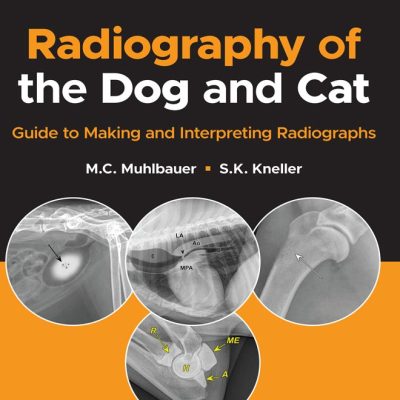
Canine Ergonomics: The Science of Working Dogs
by William S. Helton
April 2009

Since Canis lupus familiaris first shared a fire with man more than 15,000 years ago, dogs have been trusted and valued coworkers. Yet the relatively new field of canine ergonomics is just beginning to unravel the secrets of this collaboration. As with many new fields, the literature on working dogs is scattered across several non-overlapping disciplines from forensics and the life sciences to medicine, security, and wildlife biology. Canine Ergonomics: The Science of Working Dogs draws together related research from different fields into an interdisciplinary resource of science-based information.
Providing a complete overview, from physiology to cognition, this is the first book to discuss working dogs from a scientific perspective. It covers a wide range of current and potential tasks, explores ergonomic and cognitive aspects of these tasks, and covers personality traits and behavioral assessments of working dogs. A quick look at the chapters, contributed by experts from across the globe and across the multidisciplinary spectrum, illustrates the breadth and depth of information available in this book.
Traditionally, information concerning working dogs is mostly hearsay, with the exchange of information informal at best and non-existent at worst. Most books available are too general in coverage or conversely, too specific. They explain how to train a service dog or train a dog to track, based on training lore rather than empirical methods verified with rigorous scientific standards. This book, drawing on cutting edge research, unifies different perspectives into one global science: Canine Ergonomics.
- Captures the current research being conducted on working dogs from a wide variety of fields
- Examines both physiological and cognitive perspectives on working dogs
- Offers an ergonomics perspective on the science of working dogs
- Provides cutting edge and scientifically researched approaches for improving working dog performance
- Explores the next steps in working dog science, such as canine-machine interfaces, and augmented canine cognition






